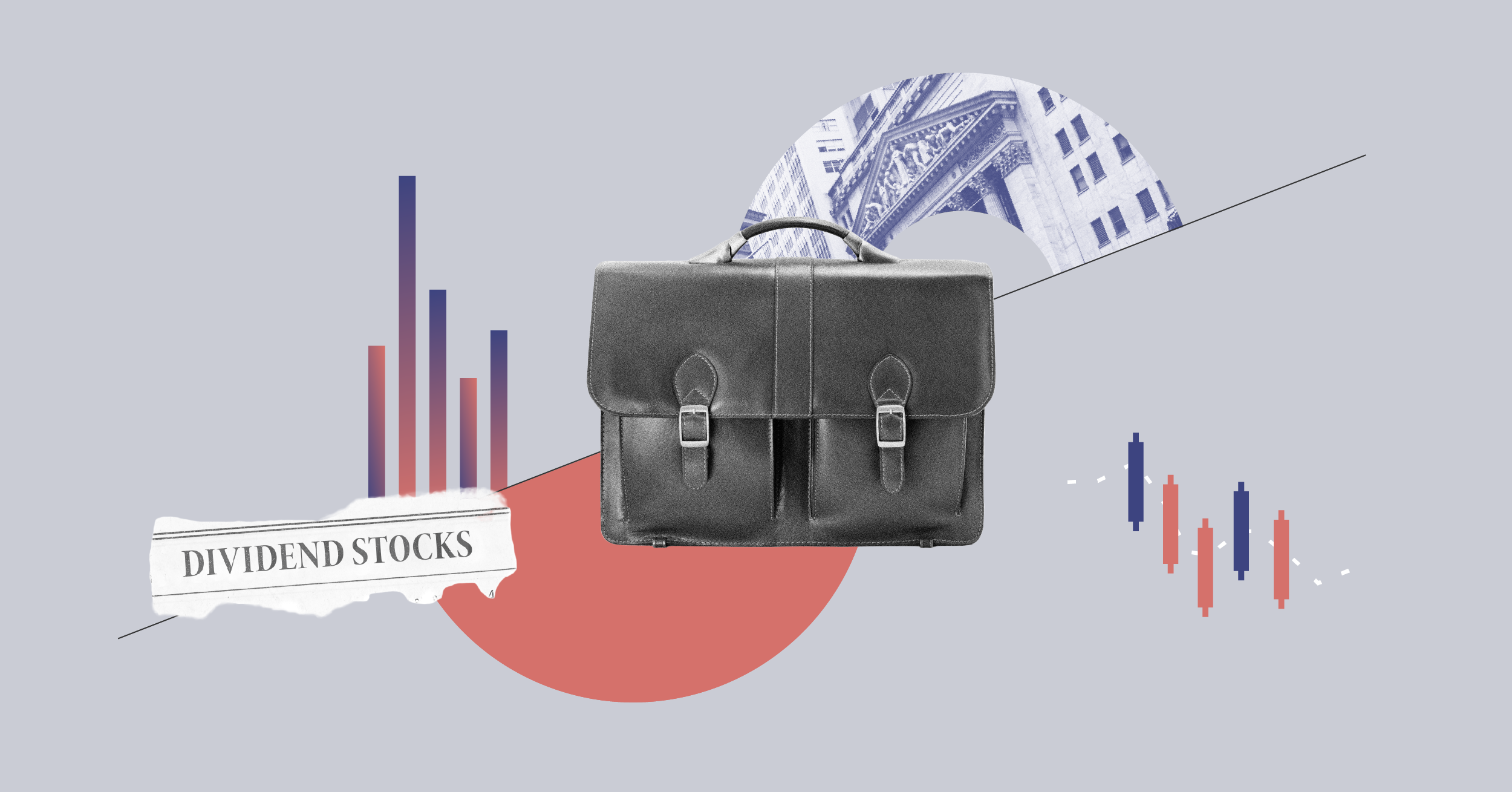
In theory, stocks' long-term risks and rewards should be joined at the hip. Yet the success of simple quality and low-volatility investment strategies demonstrates this relationship doesn't always hold.
Despite carrying lower risk than the market, quality (that is, highly profitable) stocks have tended to deliver better returns, while low-volatility stocks have posted better risk-adjusted performance. That's counterintuitive, but these and some other factors at least partially share a common explanation: Investors appear to accept lower average returns from riskier stocks with greater upside potential. So, simply avoiding or underweighting the riskiest stocks should improve long-term performance.
Lottery Preferences
Greed overrides fear for the riskiest stocks (like Tesla (TSLA)), which tend to have greater upside potential than most. The prospect of making a lot of money quickly can entice investors (particularly retail investors) to lower their standards. It's the reason people go to casinos or play the lottery even though the expected payoff to those activities is negative.
Investor naivety isn't sufficient to create persistent mispricing. Investors do dumb things all the time. More-sophisticated investors often take advantage of these opportunities by shorting (betting against) overpriced stocks. However, those investors might be more reluctant to correct overpricing among the riskiest stocks through short sales, as those stocks have high upside risk, which can translate into large losses on short positions.
A group of academic researchers explored this lottery-seeking behavior and its influence on several factor-based trading strategies in a recently published paper, "Lottery Preference and Anomalies" (1). They constructed a lottery preference factor, which sorted stocks based on characteristics like skewness (historical upside potential), the width of the return distribution, and how often there were outliers in the distribution, among other things. The study found that riskier, lotterylike stocks tended to be smaller and less liquid and carry greater market risk and higher momentum than less-risky stocks. They also tended to have lower returns and were less heavily shorted.
This lottery preference factor helped explain the success of several other factors, including low (firm-specific) volatility, (low) financial distress, low net issuance of stock, and momentum, among others. It could not fully explain the success of the profitability factor, which is typically associated with quality investing. However, many factors, including profitability and low volatility, were stronger among stocks with high lottery preference, and the payoff to those factors came mainly from avoiding the worst stocks rather than from owning the best. This suggests lottery preferences are a common thread across seemingly disparate factors, where riskier stocks often score poorly on other factor characteristics and tend to underperform.
Investment Implications
Lottery stocks are more prevalent in the small- and mid-cap market segments than they are among large caps. This may help explain why the payoff to factor investing has historically been larger among smaller stocks. As such, this risk requires more attention among smaller-cap holdings.
Vanguard S&P Small-Cap 600 ETF (VIOO) and Vanguard S&P Mid-Cap 400 ETF (IVOO) are among the cheapest options (both charge 0.10%) to mitigate exposure to these speculative stocks without making any explicit factor bets. These portfolios offer broad, market-cap-weighted exposure to their target markets. However, the S&P indexes these funds track require new constituents to be profitable in the most recent quarter and year before they are added to the index. The committee that oversees those indexes may also consider additional measures of financial viability, like balance-sheet strength (leverage).
While these requirements don't apply to existing constituents, they help filter out the most speculative stocks from the indexes and give them a modest quality tilt. This should give them a slight performance boost, though that effect will probably be larger for the small-cap portfolio, consistent with their long-term records. From February 1995 through September 2020, the S&P SmallCap 600 and S&P MidCap 400 indexes beat the Russell 2000 and Russell Midcap indexes by 148 and 35 basis points annually, respectively. However, that outperformance was less consistent for the mid-cap index, as Exhibit 1 shows. This is partially attributable to bigger differences in the mid-cap indexes' size orientations.
Multifactor Funds
Well-constructed small- and mid-cap-oriented multifactor funds should also mitigate exposure to speculative stocks with low expected returns and provide greater potential outperformance than VIOO and IVOO. While the momentum and small-size factors may overweight lottery stocks, multifactor funds tend to mitigate exposure to those stocks by including quality, value, or low volatility.
Vanguard U.S. Multifactor ETF (VFMF) (0.19% expense ratio) is one of the more interesting options here, though it has gotten off to a weak start and has a small asset base. (Full disclosure: I own this fund.) This is an all-cap strategy that directly limits its exposure to lottery stocks by screening out the most-volatile 20% of stocks from the universe. Not surprisingly, most of these are small caps. While many of these stocks wouldn't score well on the fund's targeted factors, this additional safeguard is prudent. It not only removes risky stocks with low expected returns, it also helps reduce turnover, as these stocks tend to have less-stable factor characteristics than most.
The managers sort the remaining stocks in each bucket based on a composite of their value, momentum, and quality characteristics and target the most-attractive third by market value. The fund weights its holdings within each size bucket by the strength of their factor characteristics, so it tends to cover less than a third of the market. The portfolio is roughly evenly split among the large-, mid-, and small-cap holdings, so it nets out in the mid-cap blend Morningstar Category.
Those looking for cleaner exposure to small-cap stocks might consider iShares MSCI USA Small-Cap Multifactor ETF (SMLF) (0.30% expense ratio). This strategy targets stocks with an attractive combination of value, quality, momentum, and small-size characteristics. While it doesn't explicitly screen for volatility like VFMF does, it keeps speculative stocks at bay by considering value and quality and constraining its exposure to market risk. This allows it to deliver a similar risk profile to the broad small-cap market.
Low Volatility
Low-volatility stocks are effectively the opposite of lottery stocks. While they don't offer higher expected returns than the market, they should deliver better risk-adjusted performance. Small-cap low-volatility strategies may not be particularly appealing for risk-averse investors, as they tend to be riskier than their larger-cap counterparts. However, they have tended to offer a bigger improvement in risk-adjusted performance relative to their starting universes. This likely owes to greater lottery-seeking behavior among small-cap stocks.
There are two competing small-cap low-volatility strategies worth considering: Invesco S&P SmallCap Low Volatility ETF (XSLV) (0.25% expense ratio) and iShares MSCI USA Small-Cap Minimum Volatility Factor ETF (SMMV) (0.20%). However, the latter is more effective at reducing risk and is better suited as a core holding.
XSLV targets the least-volatile fifth of stocks in the S&P SmallCap 600 Index, based on their performance over the past 12 months. It weights its holdings by the inverse of their volatility, so the least-volatile stocks get the largest weightings in the portfolio, and repeats the process each quarter.
This approach gives the fund potent exposure to low-volatility stocks. Its short lookback and frequent rebalancing allow it to quickly step out of the way as volatility picks up in a particular area of the market. However, there are no constraints on the fund's sector weightings, and it doesn't consider stocks' correlations with each other, so it can have exposure to concentrated sources of risk that past volatility alone may not capture.
The fund's lack of sector constraints hurt performance this year, as it had significant overweightings in REITs and financial-services stocks. The coronavirus pandemic took an especially hard toll on hotel and commercial REITs, while banks were hurt by the Federal Reserve's interest-rate cuts. Those risks didn't show up in those holdings' volatility until after the damage had been done.
In contrast, SMMV takes a holistic approach to portfolio construction that better limits exposure to hidden sources of risk. It attempts to construct the least-volatile small-cap stock portfolio possible under a set of constraints to improve diversification. To do this, it uses an optimizer that considers each stock's volatility and correlations across stocks. It also limits its sector tilts relative to the broad MSCI USA Small Cap Index. This approach yields a better-diversified portfolio than XSLV, with more balanced sector exposures, as shown in Exhibit 2. As a result, it has performed better and exhibited lower risk, as shown in Exhibit 3.
Don't Gamble With Your Portfolio
Investors' willingness to accept low expected returns from stocks with high upside potential likely contributed to the success of several factor strategies, including low volatility and quality. It isn't necessary to buy into factor investing to benefit from that insight. The most important takeaway is to avoid speculative stocks (like small biotech firms), which tend to be small, unprofitable, trade at high valuations, and experience high asset growth. On average, they disappoint. Broad, market-cap-weighted portfolios tend to have limited exposure to these stocks to begin with, particularly those that include large-cap stocks.
It may be tempting to set aside some "fun money" to try to catch the market's next big winners early. However, the smaller those allocations are, the better.
Reference
1) Jiang, L., Wen, Q., Zhou, G., & Zhu, Y. 2020. "Lottery Preference and Anomalies." https://papers.ssrn.com/sol3/papers.cfm?abstract_id=3595419




















